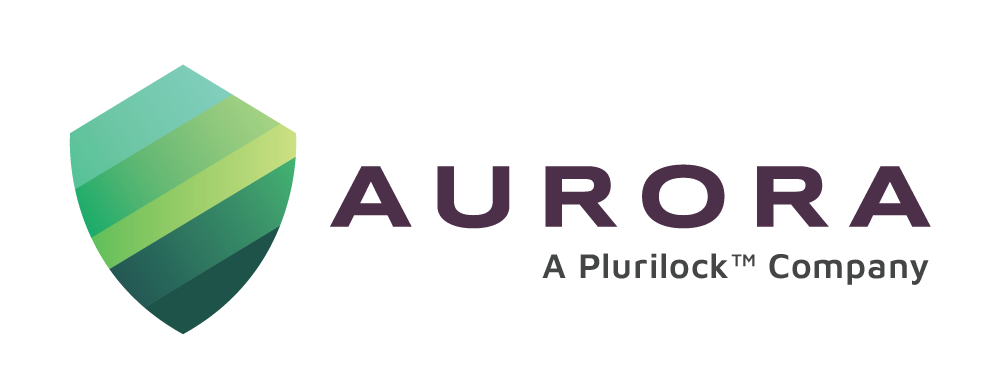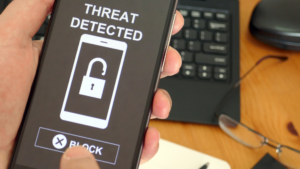Zero Trust is a cybersecurity framework that aims to eliminate trust from an organization’s network to help prevent attacks. Zero trust was first introduced in 1994, so you probably already know that its basic principle is to “never trust, always verify.” It is designed to protect organizations by segmenting networks, preventing lateral movements, simplifying access controls, and providing threat protection. As organizations are undergoing a digital transformation, implementing zero trust is increasingly important as sensitive data is stored online.
The assumption that everything inside an organization’s network should be trusted is outdated. With the click of a button, any employee can click on the wrong link that could corrupt the network, either maliciously or innocently. The reality is if we have trust that every user is who they say they are, it becomes a major vulnerability for an organization. Once a malicious actor accesses a network, they will be able to move laterally and access as much data as they can. By eliminating trust, the goal is to avoid an unauthorized user from accessing a network in the first place.
How does a Zero Trust Architecture Work?
To implement Zero Trust, you must identify a “protect surface” that is made up of a network’s most critical data, assets, applications, and services (DAAS). By identifying your “protect surface,” you can monitor how traffic moves relative to the “protect surface.” Once you understand the interdependencies between infrastructure, services, users, and DAAS, controls must be put in place to protect the surface. A next-generation firewall can be used to create a micro-perimeter to ensure that only authorized traffic accesses the “protect surface.” A Zero Trust policy will determine who can enter a micro-perimeter to prevent unauthorized users from accessing sensitive data within the perimeter. Once your Zero Trust policy is built, you can continue to monitor what should, and shouldn’t be included in your protect surface, helping to improve policy.
Accommodates Working from Home
A Zero Trust policy accommodates workloads from anywhere, whether users and data are home, at a coffee shop, or the office. It will be proliferated across the entire environment so that the right data is being accessed by the right users at the right time. Zero Trust will require continuous visibility that enforces policies both on the perimeter and on the cloud. It should apply to any time data is being accessed.
Deployment Process
Some organizations have perceived Zero Trust to be costly and difficult to administer. In actuality, Zero Trust is built around your existing security architecture, and will not require you to completely rip and replace your existing technology. At the same time, it’s not a solution that comes in a box—it is a combination of several solutions or policies. To begin the process of implementing Zero Trust, start with these basic steps:
- Identify your organization’s protect surface
- Map your transaction flows
- Build a Zero Trust architecture
- Create a Zero Trust policy
- Monitor and maintain the Zero Trust policy
Examples of Solutions that Accommodate Zero Trust
Multi-Factor Authentication (MFA) is a key component of achieving Zero Trust within your organization. By requiring every user to sign in on multiple devices, MFA enforces Zero Trust policies by not trusting that a user is who they say they are just because they have the user’s credentials.
Behavioral biometrics is an emerging technology that enforces Zero Trust policies. It will monitor users typing patterns and mouse movements to identify users. These movements will be monitored continuously to detect a compromised session at any time during the workday. In traditional authentication models, a user’s identity is only confirmed once or twice a day upon initial login. With behavioral biometrics, a user’s identity is confirmed continuously. If a session is compromised at any point throughout a session, the tool will be able to indicate a high-risk event. To learn more about DEFEND, a behavioral biometrics tool by Plurilock, click here.
Aurora provides consulting services to help your organization achieve a Zero Trust environment. Contact us to learn more about improving your cybersecurity posture by enforcing and strengthening Zero Trust.




